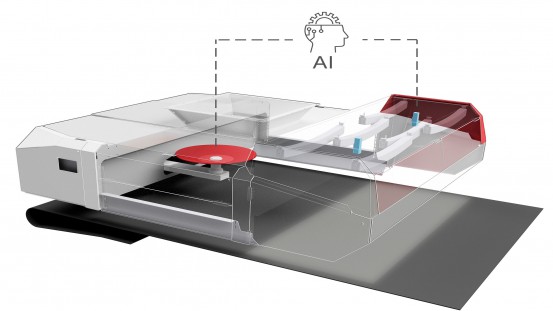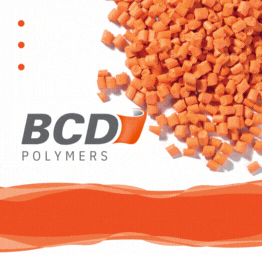Reliable sorting is essential for the successful recycling of mixed material streams. At the same time, the use of high-performance separation units requires high investments. However, due to non-optimal material distribution, these machines often remain far below their potential. Felix Poth, Managing Director of Westeria, says: "Today, plant operators often tolerate a mediocre material spread due to non-optimal maintenance of the distribution aggregates. This is one reason why our low-maintenance DiscSpreader quickly became a big success."
To further optimise this system so that changes in the material flow do not cause a deterioration of the distribution, the company has developed the DiscSpreader automove together with AI experts from TH-Köln. This new single-disc spreader reacts immediately to varying material flows and sets a new benchmark in terms of continuously uniform distribution. The system has a space-saving design and can thus be mounted directly on the infeed belt of the sorting unit, for example.
Poth continues: "Two cameras positioned behind the disc in the direction of conveyance record the current material distribution on the belt and make the images available to the artificial intelligence. This uses its self-learned knowledge to generate control signals to vary the position and alignment of the disc in real time, so that even minor irregularities in the distribution are compensated for in the shortest possible time. Manual readjustment is no longer necessary. In this way, we create optimal conditions for subsequent steps such as NIR sorting or wind sifting, even with highly varying material flows."
The technical implementation is done with the help of a servo-electrically driven carriage via lifting cylinders, which runs in guide profiles above the conveyor belt and can be moved longitudinally and transversely to the belt movement. Attached to this is a support arm aligned in the direction of conveyance, which can be rotated around its axis to change the inclination of the disc suspended at its end. Like its predecessor, the new DiscSpreader automove can be fed flexibly from all directions and is even suitable for distributing vibration-absorbing ultra-light materials. It is equipped as standard with tools for sensor data transmission, remote maintenance, documentation, and evaluation. At IFAT 2022, Westeria presented the new system in operation for the first time.



